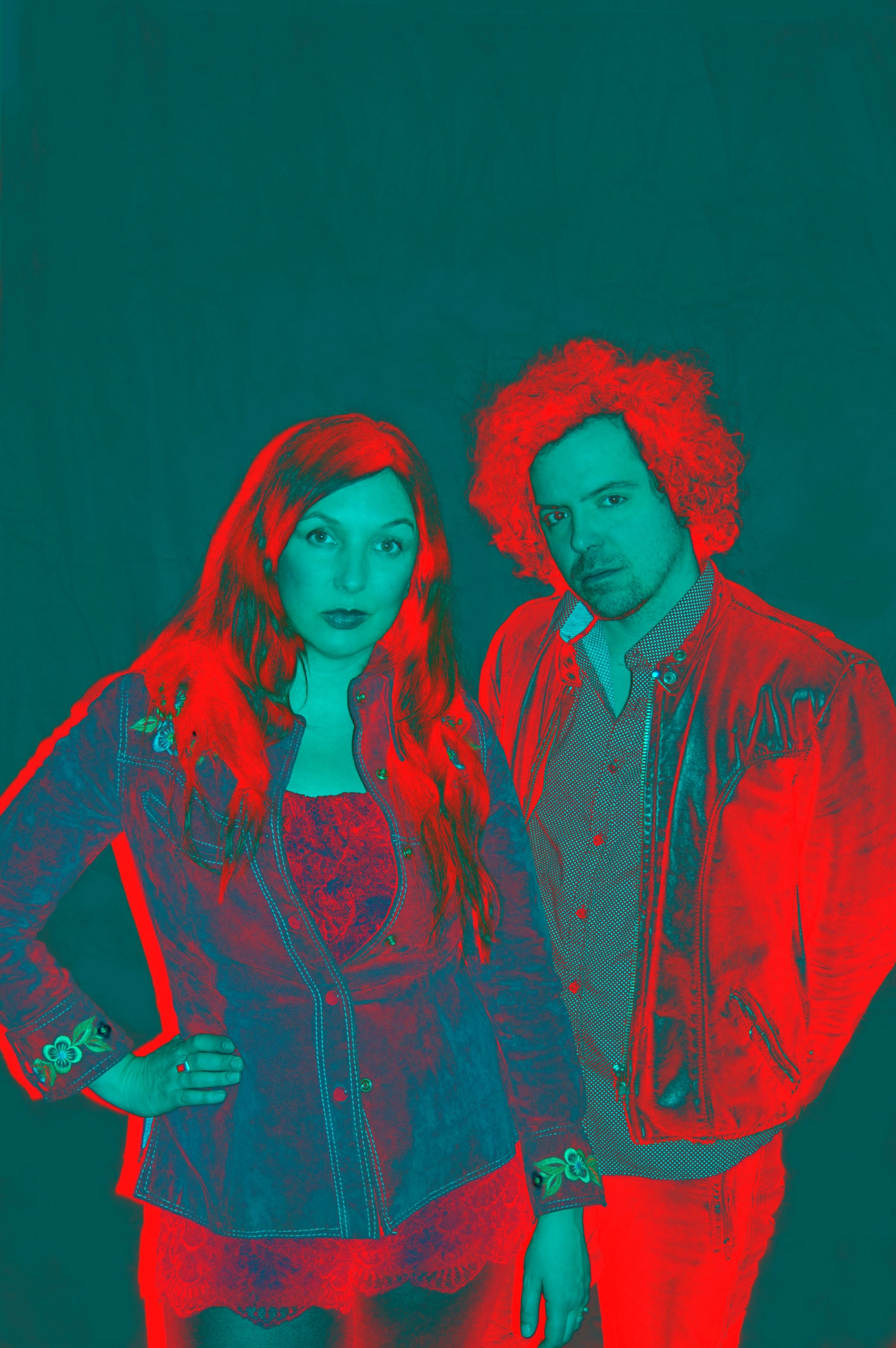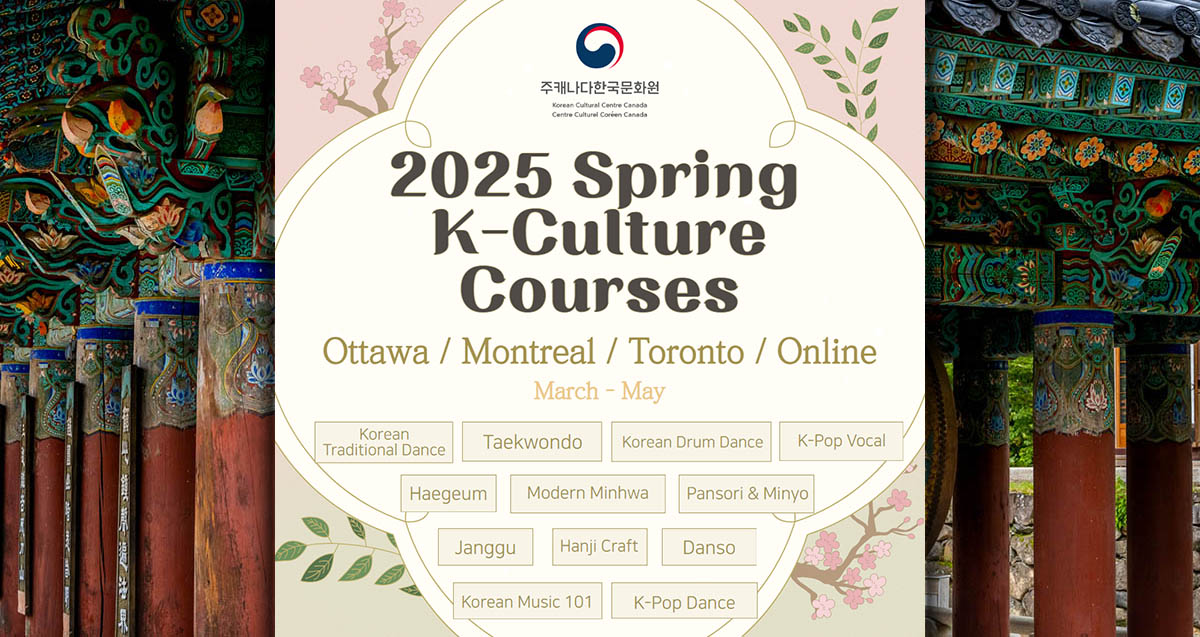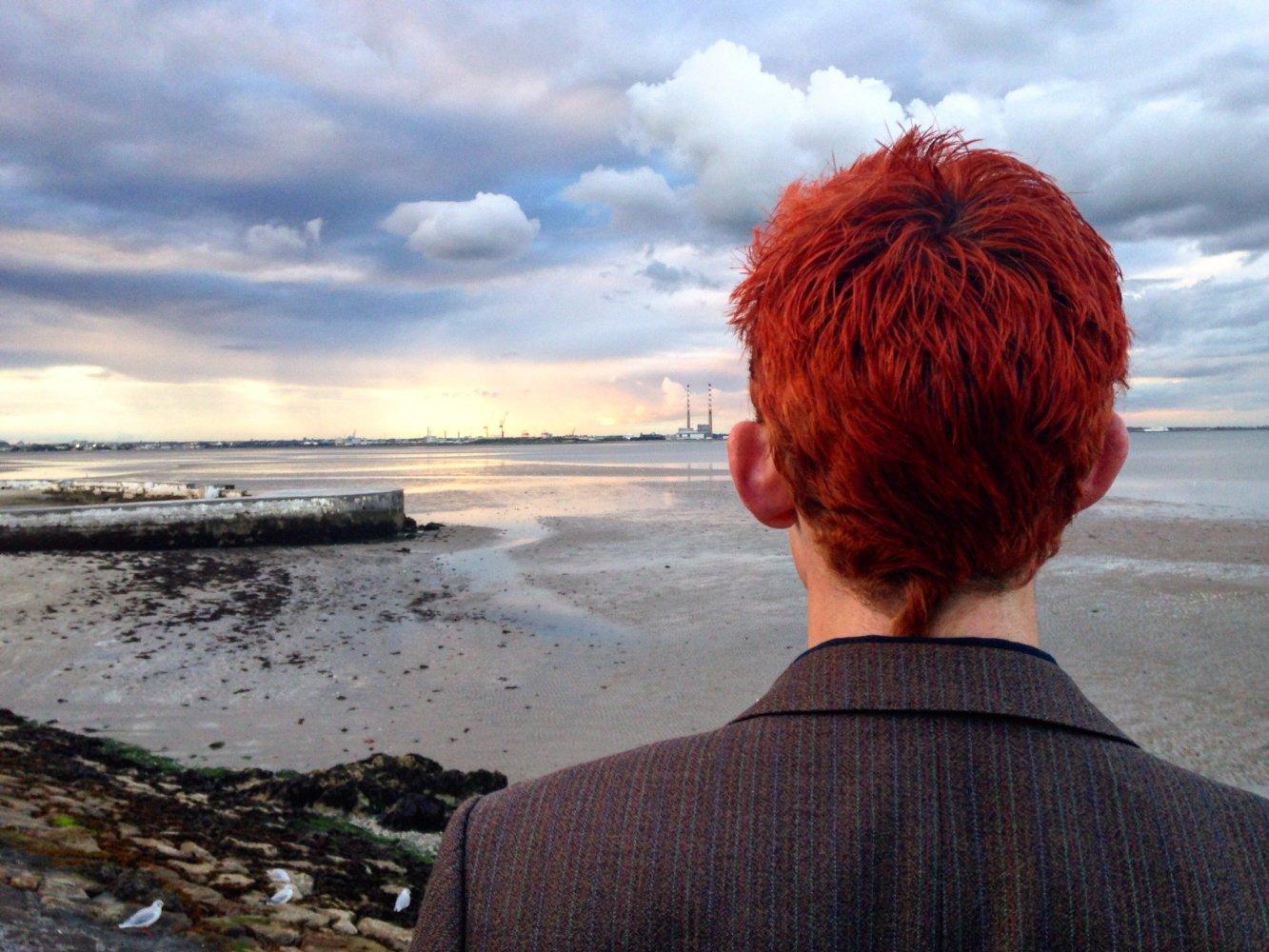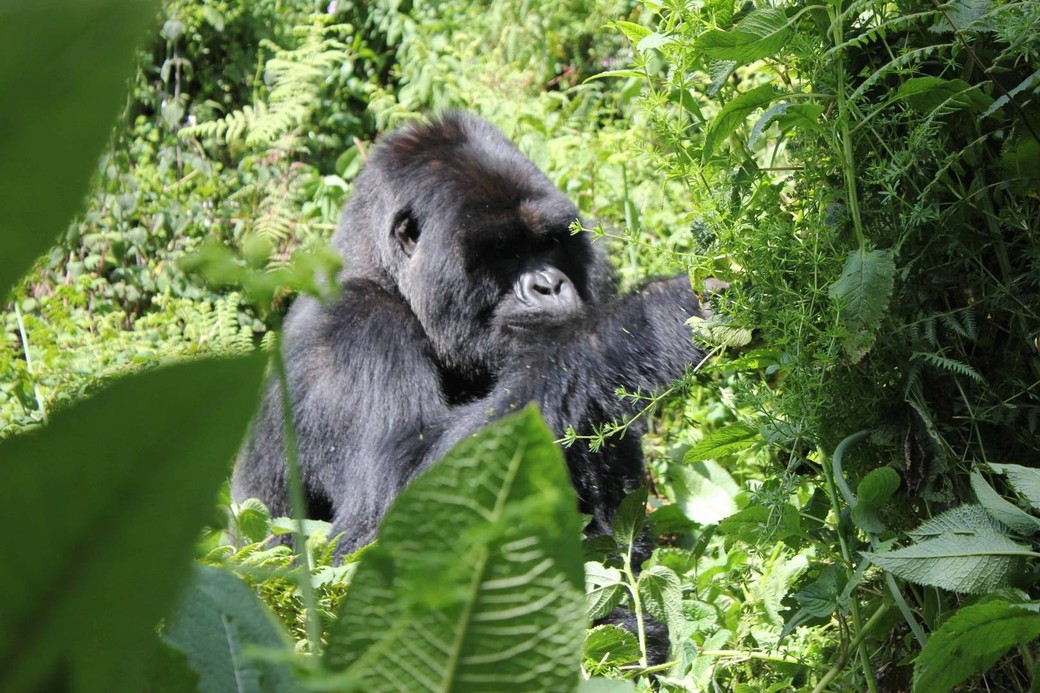
Gorilla Doctors: A Brief History
In conjunction with the Canadian Museum of Nature’s screening of Gorilla Doctors, OLM will be publishing a three-part series written by the documentary cinematographer Michael Boland. The screening takes place Thursday, October 9.
Part One: A Brief History
The Virunga Massif, in Africa, is the home to approximately 880 mountain gorillas. It is an area of 450 square kilometres in three contiguous national parks, straddling the borders of Rwanda, Uganda and the Democratic Republic of Congo. It is a steep mountainous terrain with six dormant volcanoes and surrounded by some of the highest rural human population densities in the world, with up to 820 people per square kilometre, most existing on a one dollar a day.
In 1983, Dian Fossey, a famous American zoologist and primatologist, published her most successful study on mountain gorillas entitled ‘Gorillas in the Mist’. She wrote, “it was their individuality combined with the shyness of their behaviour that remained the most captivating impression of this first encounter with the greatest of great apes.”
Towards the end of her life, Fossey was witnessed mountain gorillas suffering from physical trauma induced by poacher’s snares and human-wildlife conflict. She asked that a full-time veterinarian come to Rwanda to provide medical care for the dwindling population of gorillas.
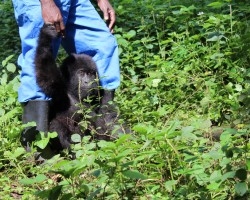
Rumangabo, DRCongo
Photo: Bryn Hughes
Sadly, Fossey died before she was able to see the first veterinarian arrive, but the year later, in 1986, Gorilla Doctors was formed. Its mission is to improve the sustainability of mountain gorilla populations using a One Health approach, combining gorilla health monitoring and medical treatment, human health care for national park workers, research on emerging pandemic threats, capacity building in the region, information sharing and strategic partnerships. Gorilla Doctors is the first organization to treat wildlife on an individual basis within their natural habitat and remains the only organization providing hands-on medical care to the critically endangered eastern gorillas.
Founded by Dr. James Foster, Dr. Mike Cranfield took over directorship of the group in the late 1990’s. Cranfield is an acclaimed veterinarian surgeon who now shares the directorship of Gorilla Doctors with Dr. Kirsten Gilardi from the UC Davis Karen C. Drayer Wildlife Health Center. Cranfield is a recipient of the prestigious Dr. Emil P. Dolensek Award for excellence in veterinarian medicine, an award only presented on merit rather than on an annual basis. It is likened to the Nobel Prize for veterinarians. Cranfield, who was born and bred in Canada, but now based at the Maryland Zoo in Baltimore, is like the ‘Godfather’ to the eastern gorilla subspecies.
Cranfield graduated from high school in Peterborough, Ontario, and then completed vet school at the University of Guelph. He started out as a cow and livestock vet and was then offered a residency in zoo and wildlife medicine and pathology in the early 1980’s at the Toronto Zoo. The Gorilla Doctors director then took a position at the Maryland Zoo in Baltimore and never looked back. It is when he joined Gorilla Doctors that he found his passion.
“It was more of a scientific challenge than an emotional one that attracted me to the project,” said Cranfield. “I had been doing research for years at the Baltimore Zoo, using the zoo’s population to develop new diagnostic tests and treatments for the same species with health issues in the wild. This was very rewarding but I realized that it was not going to be enough…or quick enough to really help.”
To make a difference, he would have to take techniques he learned in the lab into the wild.
“For instance, when we were treating a mange outbreak in the Nkuringo family we needed to use a configuration of a drug never used on primates. It was Ivermectin Gold and had a longer half-life then regular Ivermectin. Therefore, we would only have to treat the gorillas once instead of twice in a 10-day span to be effective against the mange parasites. The project has developed a biobank where thousands of samples from gorillas (and other animals that interact with the gorillas) are stored. These samples are used for research and to develop new diagnostic tests to confirm success in situations like this one. The review of samples after treatment showed they were negative. The drug was tested for safety using a zoo population of primates before heading to the wild. We then had the confidence to use it with the gorillas. Even still,we used it on one animal and would wait until we were comfortable with the results and then were able to treat and resolve the mange outbreak. One of the reasons this was so important is that mange was in a habituated group interacting with an unhabituated groups. If the unhabituated groups were affected by mange, there would be no way to treat them and mange is known to cause mortality in young gorillas.”
The Beginning of my Story
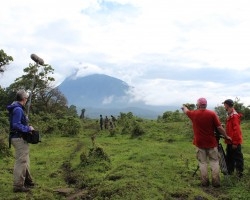
National Park, DRCongo
Photo: Bryn Hughes
I spent over two months filming the mountain gorillas of the Virunga Massif before the most important call came, the call I had been waiting for. The Volcanoes National Park rangers contacted Gorilla Doctors to report the only silverback, an adult male gorilla, of the Isimbi family, a 17-year-old named Getty, had suffered a severe bite wound just below his throat after fighting with a silverback from a neighbouring family. Infection had penetrated the wound. The Gorilla Doctors, headquartered in Musanze, Rwanda, immediately began making preparations for a veterinary intervention the following morning. This would be the first time I would film an intervention.
The dawn was but minutes old when the truck was loaded with the medical supplies and we were off to the Karisimbi Volcano region of the park. The intervention team was led by 40-year-old Head Rwanda Veterinarian Dr. Jean Felix Kinani and assisted by 28-year-old Field Veterinarian Dr. Jean Bosco Noheli. When we parked the truck, we were met by six Volcanoes National Park trackers, three Rwandan soldiers carrying AK 47s and a team of porters to help haul equipment and gear. The hike up the mountain was as arduous as any I’d done. It took us four straight hours to trek up from 7,000 to 9,500 feet on a 45 degree angle slope. We were almost there when the squelch of the walkie-talkie brought everyone to reality. One of our trackers had forged ahead and he now informed us that Getty was dead. He had perished in the night and was now stone-cold.
Getty was hunched over on his knees and elbows when we arrived. Dr. Jean Felix rolled him over and pronounced him dead and closed the gorilla’s eyes. Jean Felix explained to the camera it was likely septicemia that spread throughout the body and shut down all the gorilla’s organs. Meanwhile the trackers had formed a barrier of protection for the vets in case the lone almost-silverback named Muturengere would charge. It was explained by Dr. Noheli that the gorilla family usually mourns for a few days before moving on. He also had first-hand knowledge of Muturengere. It was less than a year ago when Muturengere had charged him and beat him to the ground. He was sore for weeks after. Just as we were about to leave, Muturengere made his appearance and charged the field team. I had fixed my lens on him as the team was packing up and he came barrelling through the vegetation, grabbing one of the trackers by the leg before quickly letting go and retreating. I could feel the adrenaline coursing through my body. This would not be the first time Muturengere would grace my life…(to be continued).
By Michael Boland C.S.C.: Director and Cinematographer
Multi-Gemini Award-winner and Emmy nominated Michael Boland was co-producer, co-director and DOP on A Team for Peace. Michael is one of Canada’s foremost documentary cinematographers. In a career spanning 36 years, he’s either filmed or directed and filmed such landmark documentary series such as Millennium; Tribal Wisdom and the Modern World, The Struggle for Democracy, Ken Dryden’s Home Game, The Fifties, Flightpath, and countless more. Michael cut his journalistic and story-telling teeth on Canada’s flagship current affairs series the fifth Estate in the early 80’s. Since then he’s gone on to do work for National Geographic, the BBC, Discovery USA, and every other major American Network that’s taken him extensively to every continent on the globe. It’s with a keen eye for picture and human compassion that Michael will apply his skills to any project. He has just published an eBook on his experiences in the documentary genre entitled ‘Through the Lens of My Eye; Adventures of a Documentry Cameraman’.
More information can be found on the Gorilla Doctors blog.

